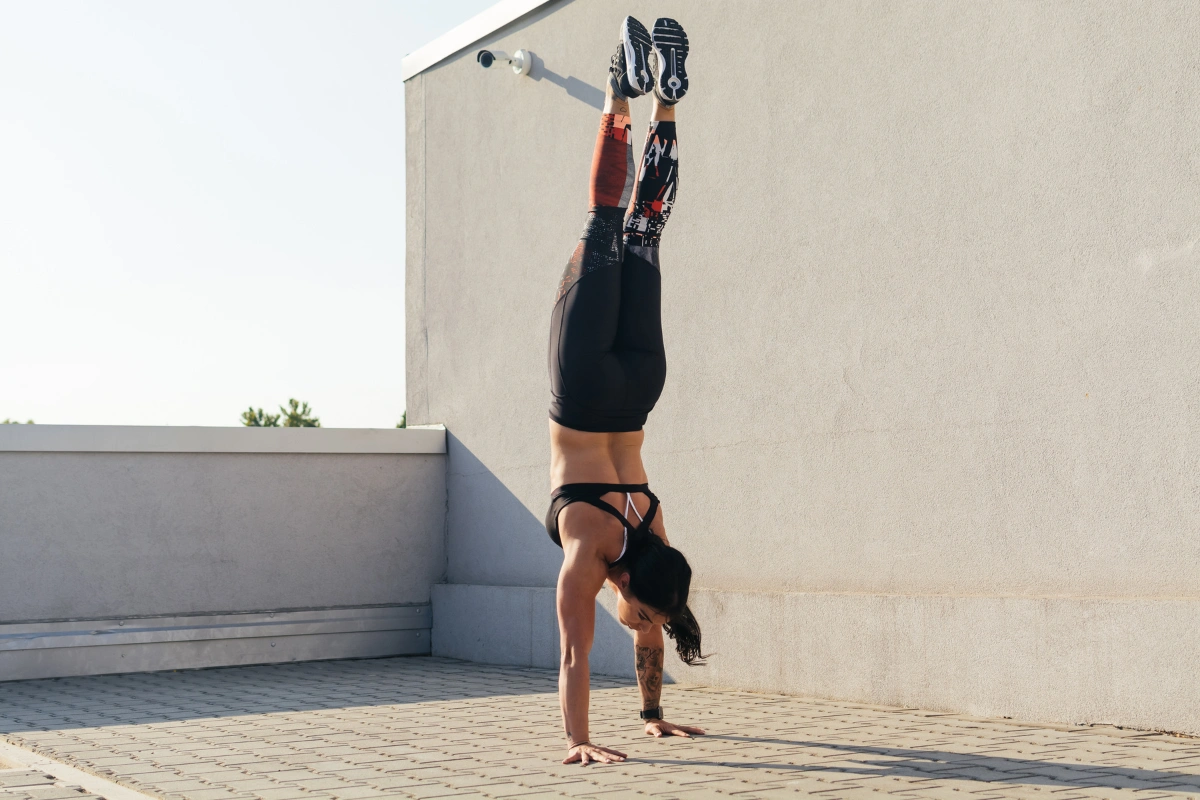Hand balancing is a skill in which an individual balances their body weight on their hands, typically while maintaining an upright position. It is a fundamental aspect of various acrobatic disciplines, including gymnastics, circus arts, and breakdancing. Hand balancing requires a combination of strength, balance, flexibility, and control. Here’s a detailed overview of hand balancing:
- Types of Hand Balancing:
- Static Hand Balancing: Involves holding a handstand or other poses for an extended period without movement. Examples include handstands, elbow stands, and one-arm handstands.
- Dynamic Hand Balancing: Involves movement while balancing on the hands, such as transitions between different poses or tricks. This includes moves like handstand walks and flips.

- Execution:
- Starting Position: The individual usually begins from a standing position or a crouch. They may kick up into a handstand or lower themselves into a position from which they can transition into a handstand.
- Takeoff: To achieve a handstand, the individual pushes off the ground with their legs while simultaneously transferring their weight onto their hands. This often requires a strong core and upper body strength.
- Balance: Once in the handstand position, the individual must engage their core, arms, and shoulders to maintain stability. They can adjust their body position by shifting weight or using their fingers for balance.
- Landing: The individual can exit a handstand by either lowering themselves back to the ground safely or transitioning into another move.
Read more here: WHAT IS HAND BALANCING? WHAT ARE THE PROS OF DOING HAND BALANCING?

Leave a reply